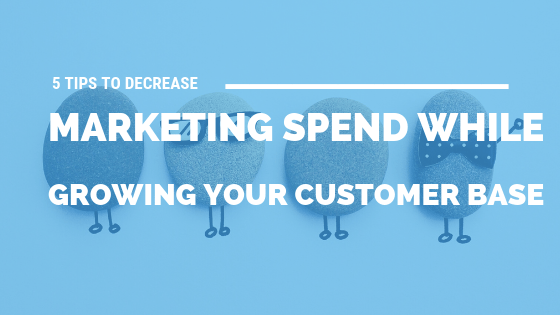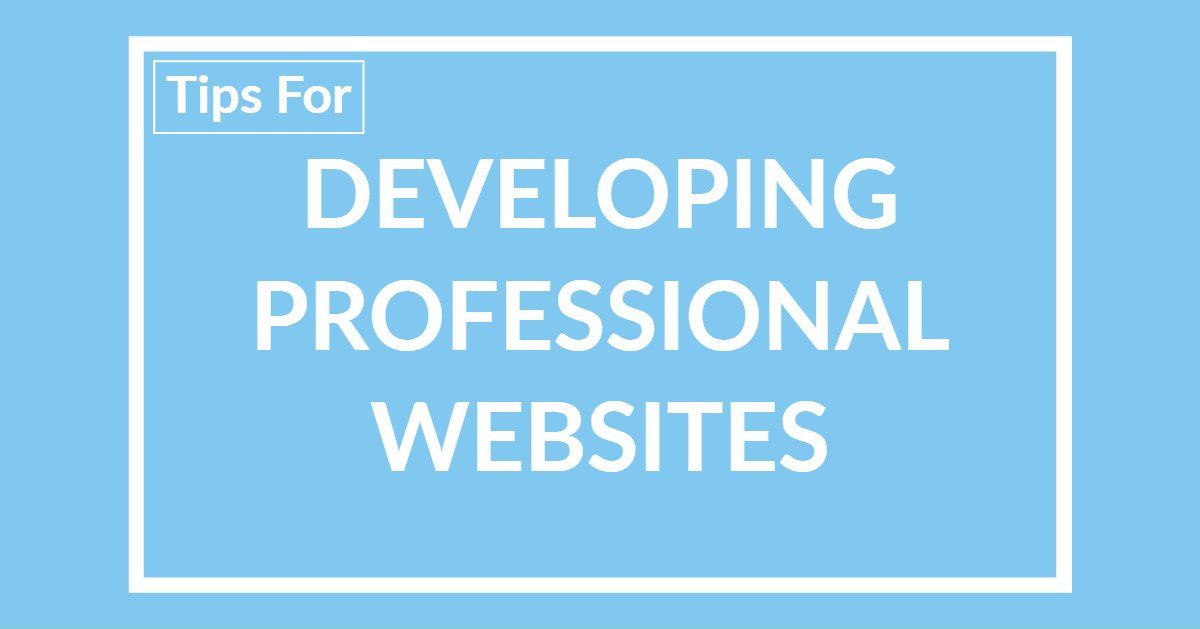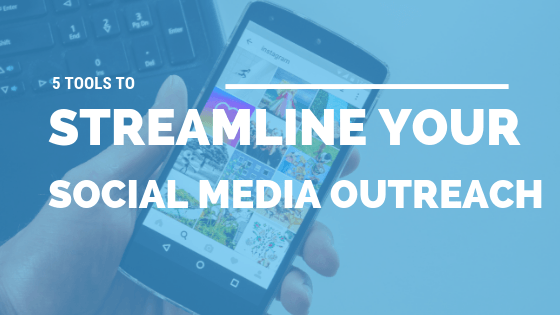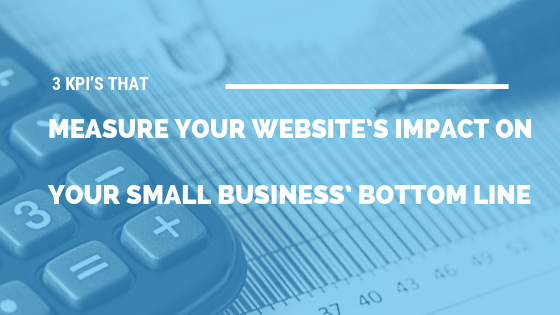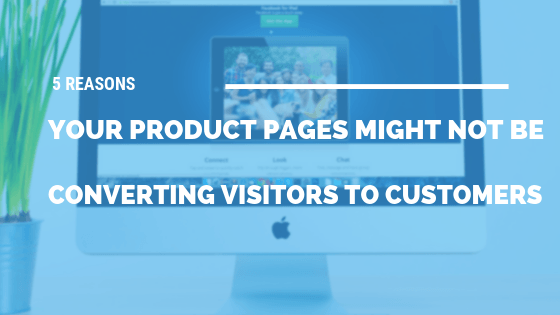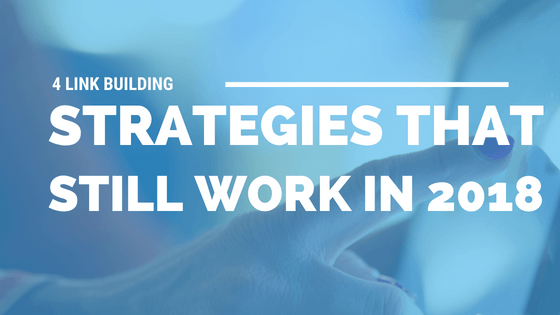Beyond Bounce Rates: 5 Metrics to Gauge Website User Engagement
Most website operators have a working awareness of Google
Analytics, and the smart ones keep an eye on their bounce rate—the ratio of
users who leave your website after viewing a particular page to the users who
stay and check out other content. While this is definitely a useful indicator
of the success of each page on your site,
and is particularly important for your main landing page, it doesn’t tell you
that much. There are a vast number of other metrics you can examine to assess
how well users are engaging with your site. Here are a few of the best.
1. Acquisitions
Knowing how many people leave your site immediately after landing there is useful, but it’s equally (if not more) important to know how they’re reaching your site in the first place. Are they coming from search engines, in what we call organic traffic? Are they coming from referral links from other sites? Or are they being lured in by your social media? All of these sources ought to be generating traffic for your site, and checking out your Acquisitions metrics can help you figure out which sources are working, and which need to be improved.
2. Active Users
Another important metric to keep an eye on: how many people are actually using your website! This one is just good common sense, but there’s a number of different metrics for measuring active users that can provide different information for you to parse through. DAU, WAU, and MAU (daily, weekly, and monthly active users) are all useful for determining how many people are engaging with your site, but you can also set different criteria to determine what you consider “active.” If you want users to be commenting or sharing content, you can set that as the definition of active, and monitor these metrics as you target that goal.
3. Pages Per Session
This metric can tell you more about how users are moving through your site during each visit. If people typically only visit a couple of pages, you might want to include more links to other pages within your site to keep their interest. The more pages people visit on your site, the more of an impression it leaves on them, and the more likely they are to return.
4. User Retention
This metric measures the percentage of your users that come back to your site within a given period of time. Like active users, it can vary based on the time period you choose to look at, but a particularly useful one is week one retention—how many people are coming back to your site within the first week of visiting it? That’s a good indicator of whether or not you’re engaging their interest, and can give you some actionable data for improving your site’s appeal to new users.
5. Core User Actions
The metrics we’ve discussed so far mostly focus on people taking the most basic actions, i.e. visiting or returning to your site. But you can gain a more detailed picture of their engagement by analyzing metrics on core user actions. These vary from site to site, but things like creating an account, making a purchase, and linking to the site from social media are common core user actions. Set up analytics to mine data on how and when people take these actions, and you should be able to strategize ways to encourage them.
Diving into metrics is essential to operating a continually growing and improving website. You’ve got to be aware of how visitors are using your site, what features are keeping them interested, and where you’re losing them. The analytics above can help you go beyond bounce rate to learn even more about your users and how better to engage them.
Looking for a great website design that gets and retains attention?
